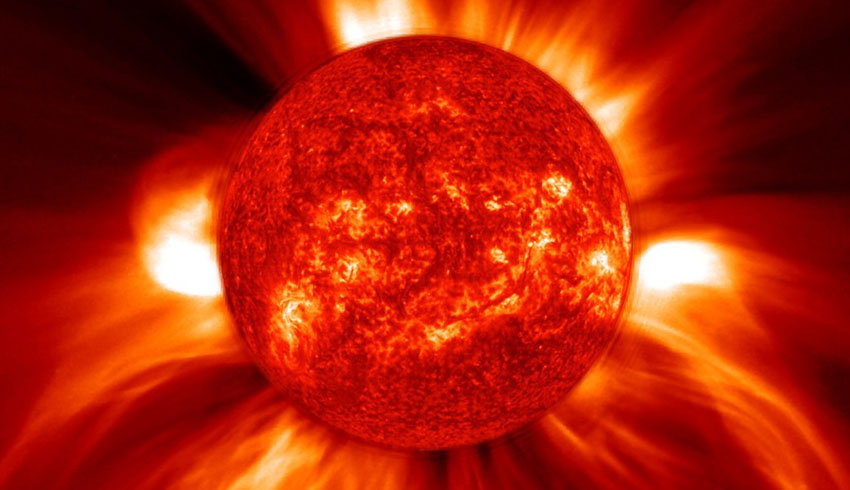The study drew on records of magnetic fields in the UK and Australia going back 150 years, much further than the dawn of the space age in 1957.
The work was conducted by the University of Warwick and the British Antarctic Survey and was made possible by new means of analysing historical data, pioneered by the University of Warwick.
Space weather is driven by activity from the sun and its emission of charged particles, interacting with the Earth’s magnetic field.
Smaller-scale storms are common, but occasionally larger storms occur that can have a significant impact, disrupting electronic communications and power infrastructure.
Lead author Professor Sandra Chapman, from the University of Warwick Centre for Fusion, Space and Astrophysics, said the solar super storms were rare events.
“But estimating their chance of occurrence is an important part of planning the level of mitigation needed to protect critical national infrastructure,” she said.
“This research proposes a new method to approach historical data, to provide a better picture of the chance of occurrence of superstorms and what superstorm activity we are likely to see in the future.”
Their analysis showed that severe magnetic storms occurred in 42 out of the last 150 years. Superstorms occurred in six years out of 150.
Storm may last just a few days but can be hugely disruptive to modern technology. Superstorms can cause power blackouts, damage, satellites, disrupt aviation and cause temporary loss of GPS signals and radio communications.
The largest solar storm on record was the Carrington storm of 1859, named after astronomer Richard Carrington, which preceded modern technology.
A storm of similar magnitude could have occurred in 2012 but fortunately missed the Earth.
Professor Richard Horne, space weather lead at the British Antarctic Survey, said their research indicated that superstorm could happen more often than thought.
“Don’t be misled by the stats, it can happen any time. We simply don’t know when, and right now we can’t predict when,” he said.
One way to monitor space weather is through observation of changes in the magnetic field at the Earth’s surface.
Quality observations from multiple stations have been available since the beginning of the space age.
The sun has a cycle of activity of around 11 years, varying in intensity. This data has been extensively studied but covers only five cycles.
The British researchers looked at the aa geomagnetic index, derived from observations of two stations at opposite ends of the Earth, in the UK and Australia. These go back over 14 solar cycles or 150 years but have poor resolution.
The researchers used annual averages of the top few per cent of the index to assess occurrence of solar storms.

